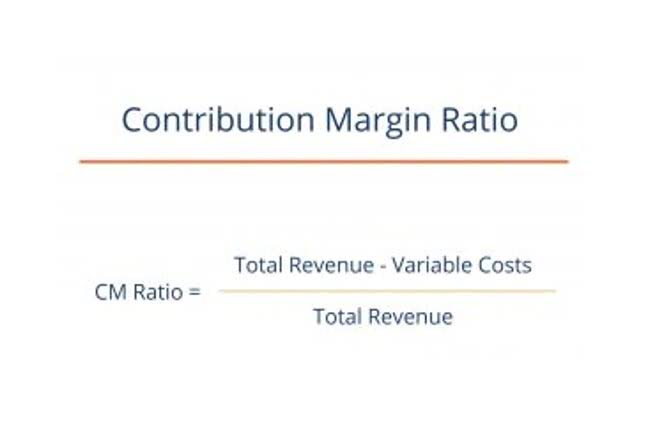
Outstanding checks create liabilities for issuers, payees, and financial institutions. For issuers, poor management of these checks can lead to financial and legal consequences. For example, voiding a check without notifying the payee could result in claims for non-payment. This is particularly critical for payroll checks, where labor laws mandate timely payment to employees.
- Accounting inconsistencies may arise if outstanding checks are not reported and tracked in the appropriate manner.
- Outstanding checks are checks written by a company, but the checks have not cleared the bank account.
- Call or email payees who fail to deposit checks and ensure that the check was, in fact, received.
- These checks can pose risks such as overdrawing the account, potential fraud, accounting discrepancies, and delayed financial reporting.
- This prevents someone from trying to cash or deposit it and possibly having it affect your account balance.
- By not trusting the payee to take action, you remove the possibility that they will forget or put off cashing or depositing the check.
- In particular, they have expertise in banking for foreigners, non-residents, and both foreign and offshore companies.
Outstanding Check: Definition, Risks, and Ways to Avoid
There is a discrepancy between what your checkbook or accounting system says you have in your account and what the bank reports on your monthly statement. QuickBooks One of the main differences are the outstanding checks that have been recorded in the accounting system but haven’t been recorded by the bank. Proactive measures are the most effective way to mitigate the challenges posed by outstanding checks.

Step 4 – Find and deduct debit memorandum from your accounting record:

An outstanding check remains a liability of the payer until such time as the payee presents the check for payment, which then eliminates the liability. Learn about outstanding checks in finance, including the definition, risks involved, and effective ways to avoid them. Like business checks, personal checks are generally considered invalid after six months (180 days). Outstanding personal checks can cause budgeting problems, but you may have an easier time reminding a friend or family member to cash a check than a business payee. This won’t prevent banks from processing two deposits, but the document can provide a useful paper trail if you want to dispute one of the deposits.

The Risk of Stale Checks and the Need for Stop Payments
It promotes financial transparency and aids in making informed decisions for the company’s financial well-being. The process of identifying outstanding checks is integral to maintaining the integrity of a company’s financial records. It begins with meticulous bookkeeping, where all issued checks are logged with details such as the check number, date, payee, and amount. This register becomes a foundational tool for tracking the lifecycle of each check. Accountants must regularly compare the check register against the https://www.bookstime.com/ bank statement to spot discrepancies. This practice, known as bank reconciliation, is typically performed at the end of each accounting period.

Even if the checkwriter has sufficient funds, any delay from the depositor simply means higher interest revenue on the capital balance waiting to be drawn down. Last, outstanding checks might have an impact on management of the cash flow. Find all checks that you have issued but have not been presented for payment. You can do so by comparing the checks issued in your accounting record with the checks honored as per your bank statement. If your accounting record shows that a check has been issued and your bank statement does not show a corresponding entry for that check, it means that it is an outstanding or unpresented check. Outstanding checks are not merely a clerical concern; they hold implications for cash flow management and can reflect on a company’s fiscal responsibility.
- The most common risk is being charged penalties due to outstanding amounts past their due date.
- This documentation will come in handy if you need to prove to state regulators that you made reasonable attempts to complete the payment.
- Additionally, embracing electronic payments where possible can significantly reduce the incidence of outstanding checks.
- Proper reconciliation is essential not only for financial accuracy but also for compliance with regulations, as discrepancies can lead to audits or scrutiny.
Hence, the company’s general ledger Cash account will not require an adjustment for the unpresented or outstanding check when it is reported on the balance sheet. First, let’s start with a clear explanation of what outstanding checks actually are. When you write a check to make a payment, it takes time for the recipient to deposit and process the funds. During this processing period, the check is considered an outstanding check.
Step 5 – Are the adjusted balances equal?
Checks that remain uncashed for long periods of time are called stale checks. This period can range from 60 days to six months.Sometimes a payee forgets about the check or loses it without notifying the payor. The payor has no control over when the payee will cash or deposit the check.
If that money is spent on something else, you may not have enough money in the bank account to cover all your promises to pay. As a result, your bank account balance may fall below $0 and incur overdraft fees. It’s possible that the bank could also decline to honor the outstanding check, as well. Bouncing an outstanding check can lead to financial consequences, such as fees imposed by the bank, damage to your credit rating, and potential legal actions outstanding check definition from the payee.
